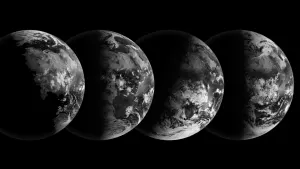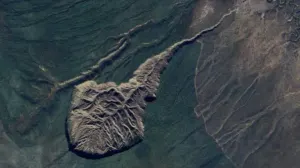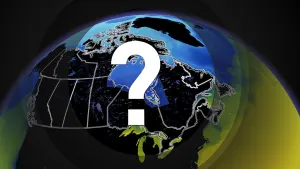
Slocan, B.C., no longer under wildfire evacuation order
The Village of Slocan and the surrounding area in B.C.'s West Kootenay are no longer under evacuation order due to wildfires, with residents able to return to their homes for the first time in more than two weeks.
On Monday, the Regional District of Central Kootenay (RDCK) said it downgraded the evacuation order to an evacuation alert on the recommendation of the B.C. Wildfire Service. An alert means residents can return to their homes but they must still be ready to leave on short notice.
The order, which covered 208 properties in the village as well as 256 properties and 133 parcel identifiers in Electoral Area H, were ordered to leave on July 28 due to the Ponderosa and Mulvey Creek wildfires.
CANADA'S WILDFIRES: Visit The Weather Network's wildfire hub to keep up with the latest on the active wildfire season across Canada.
The pair of fires are part of the Slocan Lake Complex made up of several wildfires in the area, including the Komonko Creek blaze, which is still regarded a wildfire of note — a fire that is highly visible or threatening public safety.
Structures lost
The RDCK said several structures have been lost along Highway 6 in Electoral Area H due to the Komonko Creek wildfire, as well as on the west side of Slocan Lake in Electoral Area H due to the Nemo Creek wildfire.
Three single-family homes and 11 outbuildings along the highway were a total loss, according to the regional district.
Another two homes and two outbuildings in the area suffered damage, the district said.
On the west side of Slocan Lake, two seasonal cabins and two outbuildings were considered a total loss and one cabin saw structure damage, according to the RDCK, which said property owners have been notified.
"Our thoughts are with residents who have suffered such great loss due to the Slocan Lake Complex wildfires," said Walter Popoff, the regional district's director of Electoral Area H.

A wildfire crew member helping fight the Slocan Lake fire complex digs a guard on July 27. (B.C. Wildfire Service/X)
"We know residents have been anxiously awaiting news about the status of their properties and appreciate their patience and understanding during these challenging times, as the primary concern remains the safety of first responders and residents."
More lightning expected
The B.C. Wildfire Service (BCWS) says temperatures are forecast to cool moving into next week but the province will continue to see lightning activity.
SEE ALSO: Evacuation order for some Valemount, B.C., residents downgraded
Environment Canada has issued a severe thunderstorm watch spanning B.C.'s southern Interior from the Fraser Canyon east to the Alberta boundary.
More than 400 wildfires are burning across the province, including six wildfires of note. The vast majority of the fires have been caused by lightning, according to BCWS.
"While some areas of the province have seen isolated showers, lightning activity continues and warm, dry conditions are expected to persist," the fire service wrote in a provincial report Monday.
A campfire ban remains in place across B.C., except for the Prince George Fire Centre, which encompasses the province's northeast quarter, and the Cassiar zone in the Northwest Fire Centre.
Thumbnail image credit to the B.C. Wildfire Service/X via CBC News.
This article was originally written by and published for CBC News. It contains files from The Canadian Press.









